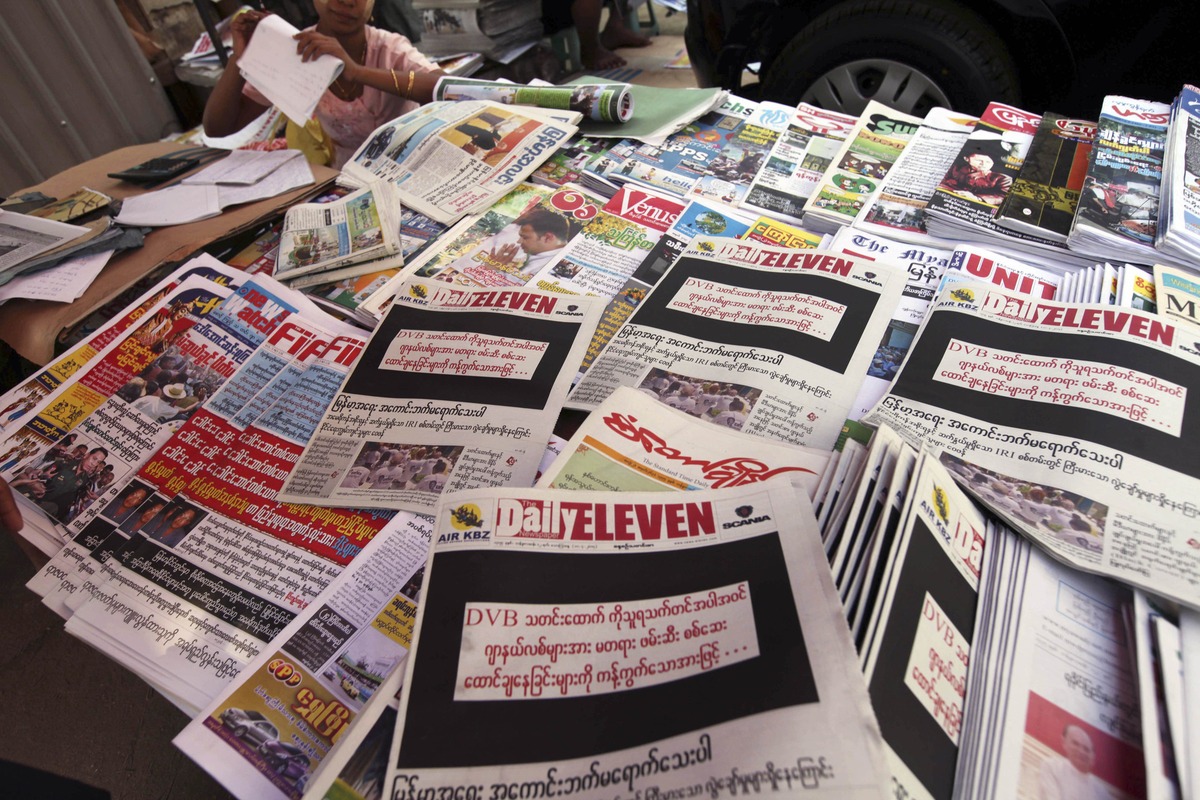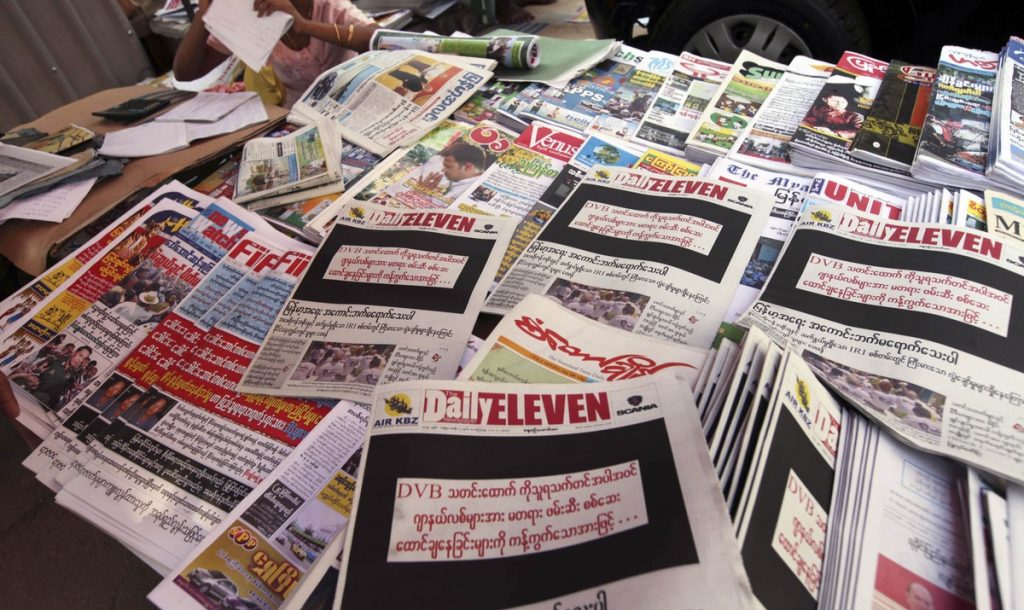
This column was published in The Myanmar Times on Monday, 15 February 2016.
The media scene in Myanmar is worth watching carefully for lots of reasons. When I started my career as a researcher, sources of reportage were thin on the ground.
There were the stale old state propaganda outlets. Back then The New Light of Myanmar – well before it had any “global” ambitions – kept up a steady stream of official English-language description: speeches, delegations, meetings, all the comings-and-goings, often dealt with in excruciating detail. The Myanmar-language version was much the same.
For those who kept a close eye on elite machinations, there were the occasional telling details. Timing was everything and the messaging almost as important as the message. Subtle variations in usage were supposed to take on particular significance.
At the same time there were private journals and magazines, which laboured under the pre-publication censorship regime. While I understand the severity of control was inconsistent, the overall effort had a chilling effect on public commentary.
Self-censorship is a rational response to those conditions, although there is no doubt that thousands of unsung champions of free speech kept up the fight from the shadows.
Newspapers were expected to present their full versions, plus alternative articles to replace those that ended up on the censor’s chopping block, days in advance of publication. I still respect the fortitude of those who put up with these delays and frustrations.
From time-to-time, there would be breakthroughs in what was printed. Symbolic victories. Occasionally there would be some degree of liberalisation, but as serious readers of Myanmar history know, this does not tend to last for long.
Meanwhile, exile media kept up a more aggressive effort. Endless stories of deprivation and dictatorship filled the pages of The Irrawaddy and all the rest. During the internet boom of the 2000s, the array of critical material published on a regular basis ballooned. At its height, there was enough produced one could spend hours each day simply trawling through the coverage.
Journalists, both from the inside and abroad, used their contacts and sidestepped the restrictions to try to tell the story of Myanmar’s struggles. Their reports were an invaluable service to a vast number of us: scholars, students, diplomats, analysts and more. From Mizzima to the Shan Herald Agency for News, each offered important details from far-flung places.
Since the end of pre-publication censorship, the media landscape has changed out of sight. Newspapers and magazines have come and gone, with only the strong surviving the bruising battle for readership. Promising starts have faded; competition is unrelenting.
Nowadays print and television media also need to contend with the explosion of social media offerings. I am still astounded by how quickly Facebook has become Myanmar’s digital outlet of choice. It may not maintain pole position but, for now, it is leaps and bounds ahead of the others.
That gives the familiar platform a chance to shape the way that people in Myanmar engage with the news and with each other. For good reason, Facebook has encouraged Myanmar’s netizens to help challenge hate speech online.
It is a long way from the old approach to top-down media management. There are expectations that the National League for Democracy-led government will offer even more space for public discussion. Its democratic mandate is, at the end of the day, based on the idea that a more open society will work better.
In practice, this will not be straightforward. Powerful people across Southeast Asia have the habit of seeking to use the media for their own narrow purposes. I wonder whether the NLD will escape that trap. The early indications are not all positive.
But if it does manage to allow a free media, then the years ahead promise vibrant debate and a blossoming of open disagreements. A rambunctious media should help to keep the powerful accountable and will offer people a different, and constantly changing, set of perspectives on society.
When I was first offered the chance to publish an uncensored weekly column for the Myanmar media I could not believe my luck. After all those years of scrounging around for interesting analysis and insight, the system had changed enough that I was welcome to have my say.
I don’t plan to write this column forever. When I stop, I hope there are new voices that can take up the public discussion of Myanmar’s challenges and opportunities.
It makes sense that more of the voices in the English-language media will come from Myanmar locals. An increasing number of talented young journalists are showing the value of their training and experience. It is inspiring to watch.
Before long, these young guns will want to stamp their personalities on the scene. With the tools at their disposal, and the challenges facing the country, there has never been a more exciting time to work in Myanmar’s media.
Nicholas Farrelly is director of the Myanmar Research Centre at the Australian National University and co-founder of New Mandala. His column in The Myanmar Times is published each Monday.
 Facebook
Facebook  Twitter
Twitter  Soundcloud
Soundcloud  Youtube
Youtube  Rss
Rss 